When it comes to footwear, many people prioritize style over comfort. However, if you’ve ever experienced shin splints—pain along the shin bone (tibia)—you may be left wondering whether your favorite shoes are to blame. In this comprehensive guide, we’ll explore the relationship between shoes and shin splints, shedding light on how improper footwear can contribute to this common ailment.
What Are Shin Splints?
Shin splints, or medial tibial stress syndrome, are often experienced by runners, dancers, and military recruits. The pain arises from inflammation of the muscles, tendons, and bone tissue around the shin. Symptoms include:
- Sharp or dull pain along the inner shin
- Tenderness or soreness in the lower leg
- Swelling in the lower leg
Causes of Shin Splints
While shoes are one potential factor, several other causes contribute to shin splints, including:
- Overuse or repetitive stress on the shin
- Poor biomechanics (e.g., flat feet or high arches)
- Improper training techniques or sudden increases in activity
Can Shoes Cause Shin Splints?
The short answer is yes; the wrong shoes can contribute to shin splints. Footwear plays a significant role in how your body absorbs impact during activities.
How Footwear Impacts Shin Health
Your shoes are your first line of defense against the stresses of running and other physical activities. Let’s discuss how various shoe characteristics can impact your risk of developing shin splints.

1. Cushioning
Proper cushioning can help absorb shock and reduce stress on your legs. Several studies, including one from the National Institutes of Health, have shown that inadequate cushioning can lead to higher rates of injury.
2. Arch Support
Individuals with flat feet or high arches may require different levels of arch support. Shoes that lack proper support can lead to over-pronation or supination, which increases the risk of shin splints. According to a study published in the Journal of Science and Medicine in Sport, custom orthotics can reduce the prevalence of shin splints in runners.
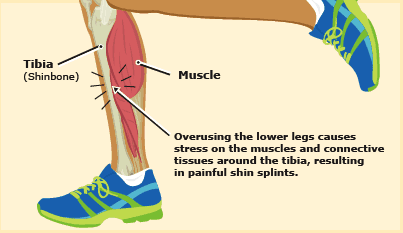
3. Fit and Comfort
Ill-fitting shoes can cause various problems, including blisters and calluses, but they can also lead to shin splints. A 2016 review published in the British Journal of Sports Medicine indicated that proper shoe sizing is crucial for athletic performance and injury prevention.
Real-World Experiences: Case Studies
To illustrate the impact of shoes on shin splints, let’s look at some real-world experiences.

Case Study: Runner Jane
Jane, a passionate runner, experienced severe shin splints after switching from supportive running shoes to trendy minimalist footwear. Although her new shoes looked great, they provided inadequate cushioning and support during her runs, leading to increased shin pain. After consulting a physical therapist, she switched back to her previous pair and incorporated arch supports. Jane’s shin splint symptoms improved significantly, highlighting the importance of proper footwear.
Case Study: Dancer Mark
Mark, a professional dancer, often faced shin splints during rehearsals. His dance shoes offered little to no cushioning and were not designed for the demands of his routines. After purchasing shoes specifically designed for dance that included better shock absorption and arch support, he noticed a remarkable decrease in his shin pain. Mark now emphasizes the importance of selecting appropriate footwear for his craft.
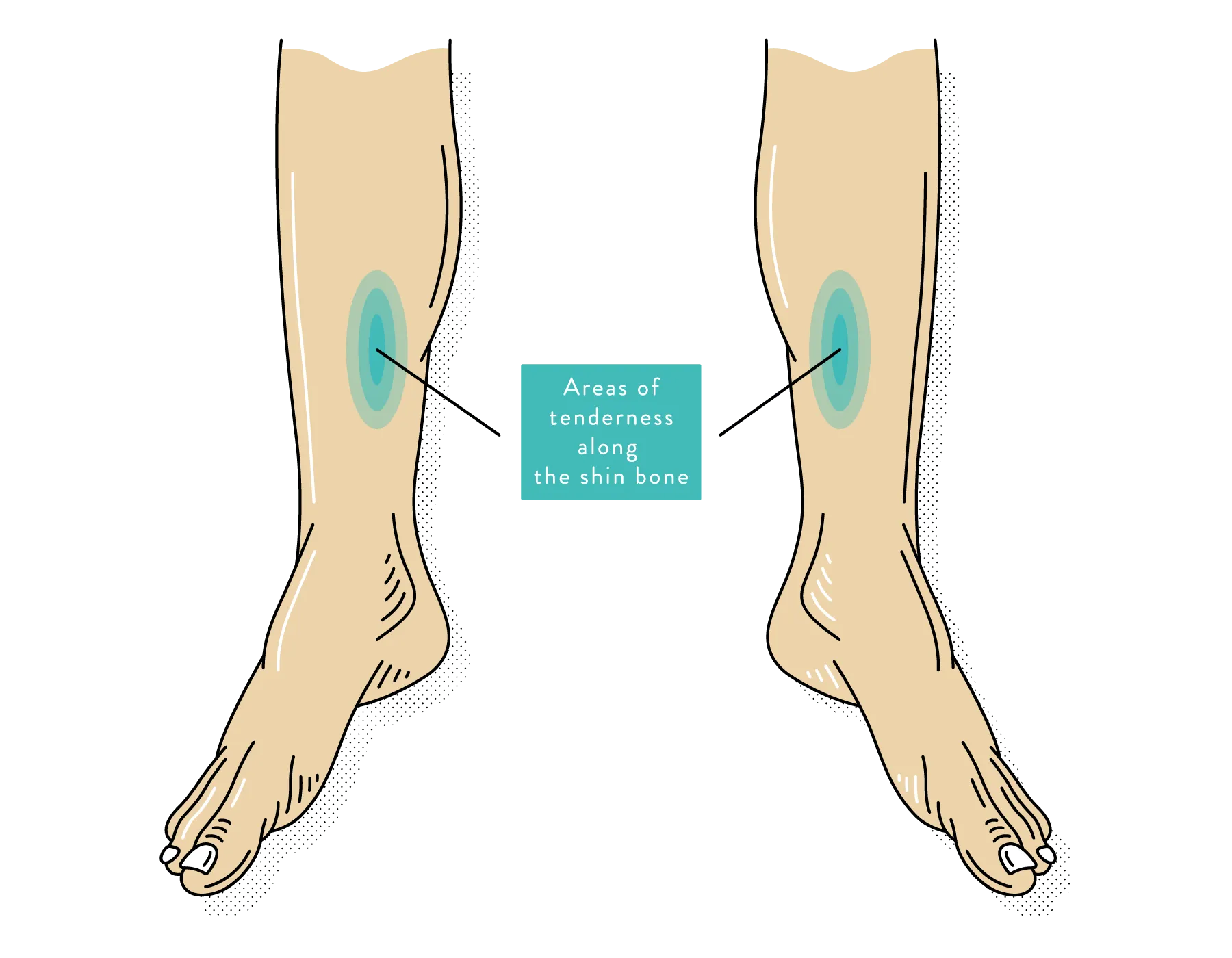
Choosing the Right Footwear to Prevent Shin Splints
Now that we understand how shoes can lead to shin splints, let’s delve into tips for selecting the right footwear to keep those pesky shin pains at bay.
1. Know Your Foot Type
Understanding whether you have flat, neutral, or high-arched feet is crucial. Many sporting goods stores offer free foot assessments to help you find the best footwear for your arch type.
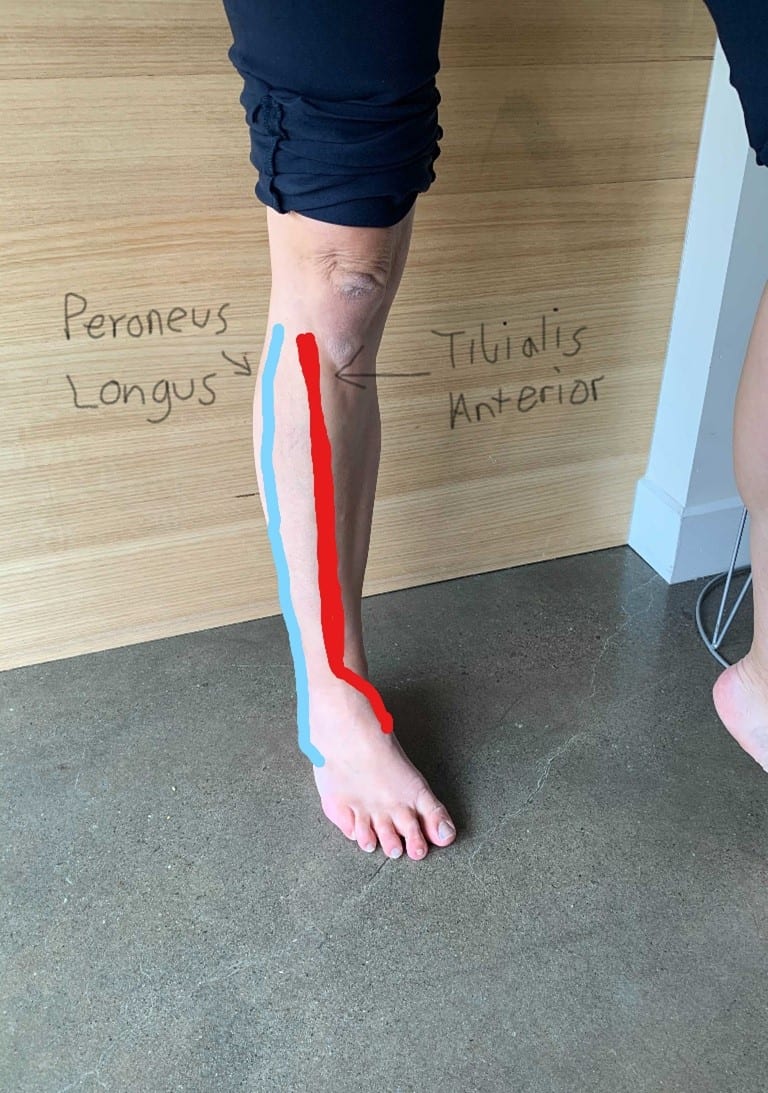
2. Look for Shock Absorption
Choose shoes with adequate cushioning. Shoes specifically designed for running often have built-in shock absorption features to protect your legs. Consider brands like ASICS or HOKA ONE ONE, known for their cushioning technology.
3. Consider the Type of Activity
Different activities require different types of shoes. Running shoes differ significantly from cross-training or dance shoes. Ensure your footwear matches your primary activity to reduce injury risk.
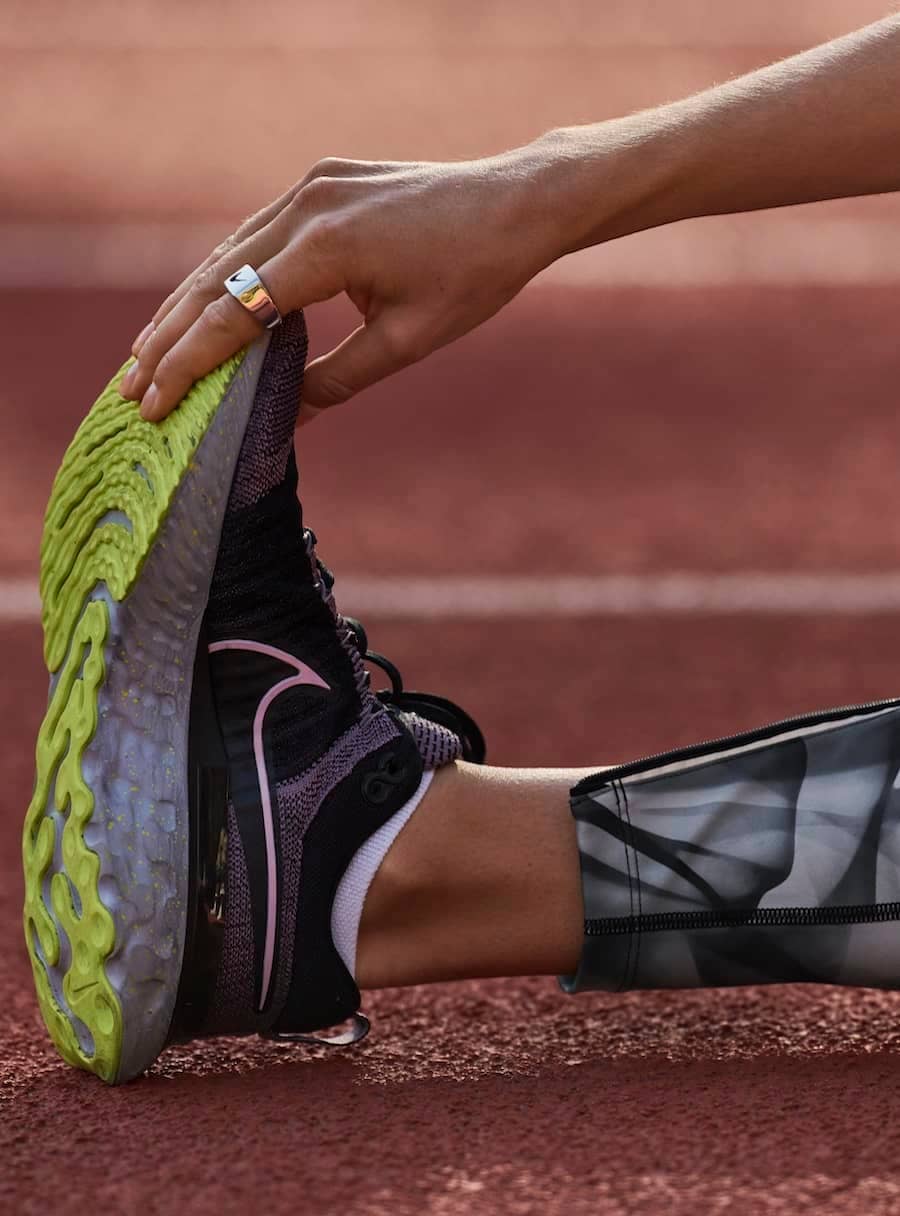
4. Check the Fit
A proper fit is non-negotiable. Make sure there’s about a thumb’s width of space between your longest toe and the shoe’s front. Additionally, try on shoes at the end of the day when your feet are slightly swollen for the best fit.
Comparing Footwear Options: A Quick Reference Table
Table: Footwear Comparison for Shin Splint Prevention
| Footwear Type | Cushioning | Arch Support | Best For |
|---|---|---|---|
| Running Shoes | High | Varies | Long-distance running |
| Cross-Training Shoes | Medium | Medium | Multi-sport training |
| Dance Shoes | Low to Medium | Varies | Dance and performance |
| Minimalist Shoes | Very Low | Low | Natural running |
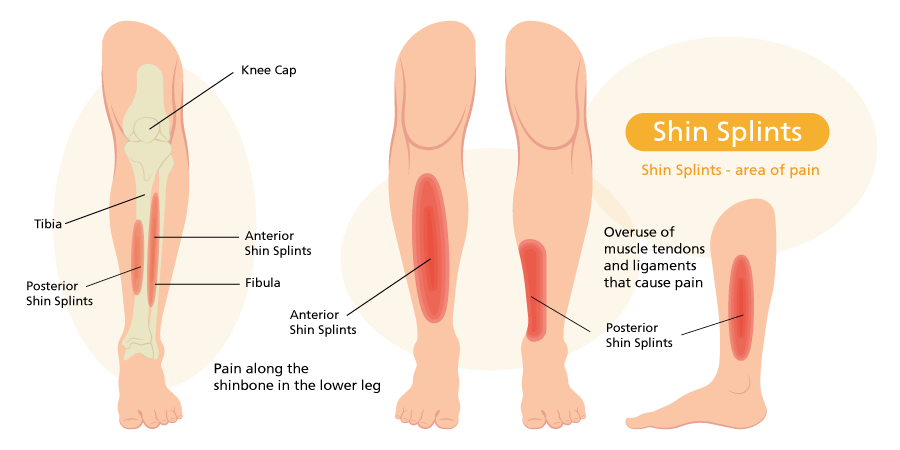
Pros and Cons of Various Footwear Types
Running Shoes
Pros: Excellent cushioning, good support, availability of specialty options for different types of runners.
Cons: Can be expensive; may feel bulky for some users.
Cross-Training Shoes
Pros: Versatile for various activities, decent support.
Cons: May lack specialized cushioning compared to running shoes.
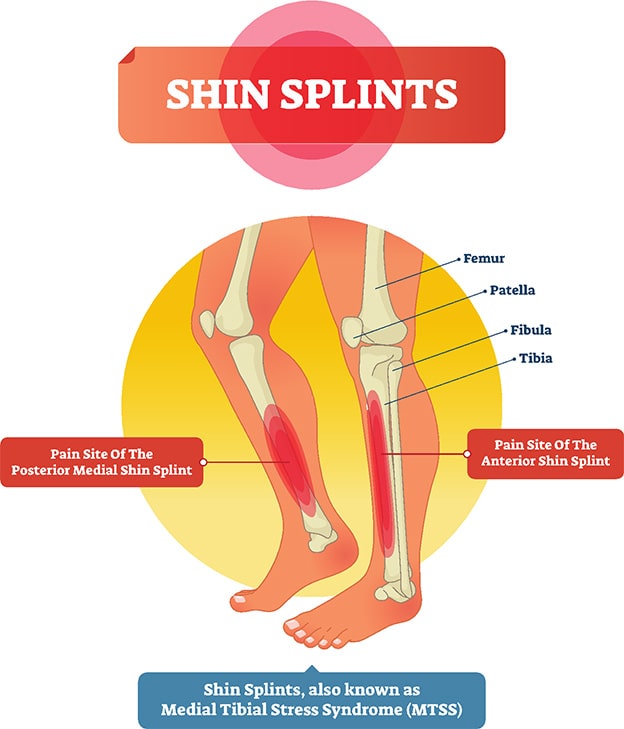
Dance Shoes
Pros: Designed specifically for dance movements, good flexibility.
Cons: Minimal cushioning may not provide adequate support for high-impact activities.
Minimalist Shoes
Pros: Lightweight, encourage natural foot movement.
Cons: Increased risk of injury for those not accustomed to low-cushioning shoes.
FAQs About Shoes and Shin Splints
1. Can I wear my everyday shoes for running?
While you can wear them, it’s not advisable. Everyday shoes often lack the support and cushioning that running shoes provide, increasing your risk of shin splints.
2. Are expensive shoes always better?
Not necessarily. While higher-priced shoes often offer better technology and support, it’s essential to find a shoe that fits well and meets your specific needs rather than solely relying on price.
3. How often should I replace my shoes to prevent shin splints?
Most running shoes should be replaced every 300-500 miles, but if you start experiencing pain or discomfort, it’s wise to evaluate your footwear sooner.
4. Can shoe inserts help with shin splints?
Yes, custom orthotics or over-the-counter shoe inserts can provide additional arch support and cushioning, reducing the risk of shin splints.
5. Are there specific brands known for preventing shin splints?
Brands like ASICS, Brooks, and New Balance are well-regarded for their running shoes designed to provide excellent support and cushioning, which may help prevent shin splints.
6. Is it possible to recover from shin splints while continuing to run?
It depends on the severity. In mild cases, reducing intensity and incorporating proper footwear may suffice. However, more severe cases may require rest and rehabilitation.
7. Can I prevent shin splints just by stretching?
Stretching is beneficial but not sufficient on its own. Proper footwear, training techniques, and strength exercises are equally important components of prevention.
8. What are some signs that my shoes are causing shin splints?
If you notice consistent shin pain when running or exercising, and it’s alleviated when you’re not in your shoes, they may be contributing to the issue.
9. How do I know if I need a specialty running store?
If you frequently experience shin splints or other foot-related issues, a specialty running store can assess your foot type and gait, recommending shoes catered to your needs.
Conclusion
While shoes do play a significant role in the development of shin splints, they’re just one part of the equation. Understanding your foot type, choosing the right footwear, and adopting sound training practices are crucial in minimizing your risk of developing this painful condition. By being mindful of the shoes you wear and seeking appropriate support, you can keep shin splints at bay and enjoy your favorite activities without pain.